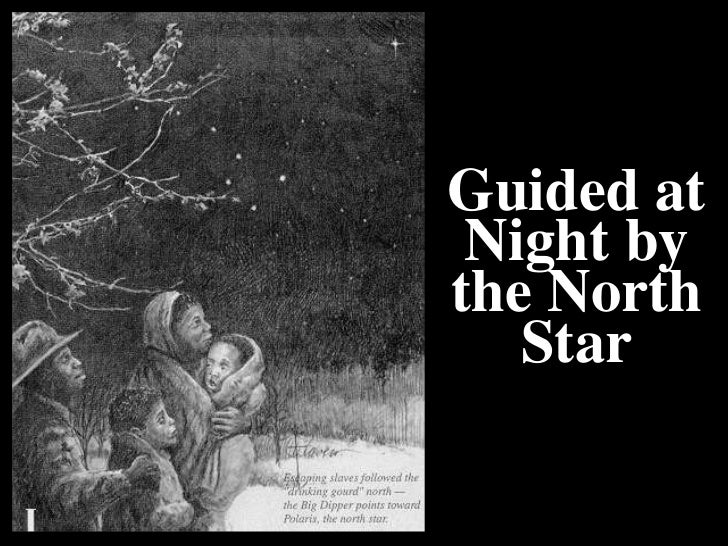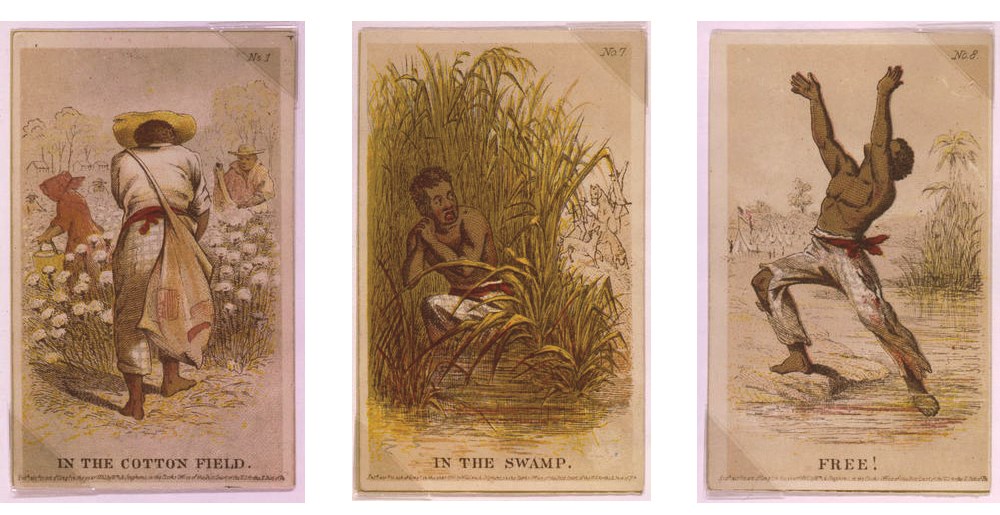Tags
Act Against Slavery, Anti-Fugitive Act of 1850, Civil War, Frederick Douglass, Harriet Tubman, John Brown, Maryland, North star, Philadelphia, Underground Railroad

Harriet Tubman, the “Moses of her People”
There were abolitionists, Black and White, long before the Act Against Slavery. They could help fugitive slaves by offering “stations,” (safe houses), but fleeing to one of the fourteen free states to the North was dangerous. Slave-hunters could catch escapees and were encouraged to do so. Bounties were very attractive. Moreover, the Anti-Fugitive Act of 1850 directed everyone to participate in preventing Black slaves from leaving plantations where they grew rice, tobacco, cotton and indigo to the point of exhaustion. In the eyes of slave-hunters, Black slaves were flesh, mere chattel, and returning them to their plantation was lucrative.
Harriet Tubman (née Ross), 1820 -10 March 1913, was born and raised in Maryland, a slave state. In about 1844, she married a free slave. She was motivated to flee in 1849, when she heard that she could be sold. She and two of her brothers fled the plantation. She may have stopped at Preston, a community where Quakers were abolitionists. She met people. She traveled from Preston to Philadelphia on foot during the night. She was guided by the North star.

In 1850, she returned to Maryland to help free her family[1] and made 19 trips rescuing 70 slaves. She followed the North star and “never lost a passenger.” She went back to Maryland to free her family. In 1859, she bought a house at Auburn, New York, where her parents lived.
She met white abolitionist John Brown in 1858, and helped him plan and recruit supporters for his 1859 raid on Harpers Ferry John Brown was executed.
(See Harriet Tubman, wiki2.org.)
During the Civil War, Harriet Tubman was an armed scout and spy and the first woman to lead an armed expedition in the war. She guided “the raid at Combahee Ferry, which liberated more than 700 enslaved people.” (See Harriet Tubman, wiki2.org.)
After the Civil War, she retired to a house she had purchased, in 1859, in Auburn, New York, but died in a home for Indigent Aged Negroes which she helped establish.
She divorced Mr Tubman in 1850 and married a man whose name I can no longer locate. He was the love of her life, but he died years before she passed away.
At the age of 15, she suffered a head injury. It was a heavy blow to the head. She never recovered:
Early in life, she suffered a traumatic head wound when an irate overseer threw a heavy metal weight intending to hit another enslaved person, but hit her instead. The injury caused dizziness, pain, and spells of hypersomnia, which occurred throughout her life.
(See Harriet Tubman, wiki2.org.)
Yet, after her flight and
over the next decade, she conducted upward of 300 fugitive slaves along the Underground Railroad to Canada. By her extraordinary courage, ingenuity, persistence, and iron discipline, which she enforced upon her charges, Tubman became the railroad’s most famous conductor and was known as the “Moses of her people.”[2]
Harriet Tubman was a Methodist and “deeply” religious. “Rewards offered by slaveholders for Tubman’s capture eventually totaled $40,000.”[3]
She followed her North star. The North Star would be the name of Frederick Douglass‘ anti-slavery newspaper published from the Talman Building in Rochester, New York. The paper was published from 3 December 1847 to June 1851. Frederick Douglass is our next star. He was multi-racial and had been a slave.

(What is the Underground Railroad)
______________________________
[1] The Editors of Encyclopaedia Britannica, Harriett Tubman, Encyclopædia Britannica, Encyclopædia Britannica, inc. https://www.britannica.com/biography/Ann-Petry
Accessed August 07, 2020
[2] Loc. cit.
[3] Loc. cit.
Love to everyone 💕
There is a tiny error in the video. Harriet Tubman died in 1913.

Frederick Douglass (wiki2.org)
© Micheline Walker
7 August 2020
WordPress


An amazing story and a very brave woman.
LikeLiked by 1 person
What this woman did is hard to believe. She had a beautiful soul. Many worked on the Underground Railroad, but she was the best, despite her injury (it caused a form of epilepsy). She never had children, but all slaves were her children. Thirty years after the Civil War, she applied for a pension. Congress voted a pension that kept her safe. I just love her.
LikeLiked by 1 person
Such an inspirational story.
LikeLiked by 1 person
She was a brave woman. This work must have been incredibly difficult for a woman who had suffered a serious brain injury. She never lost a passenger.
LikeLiked by 1 person